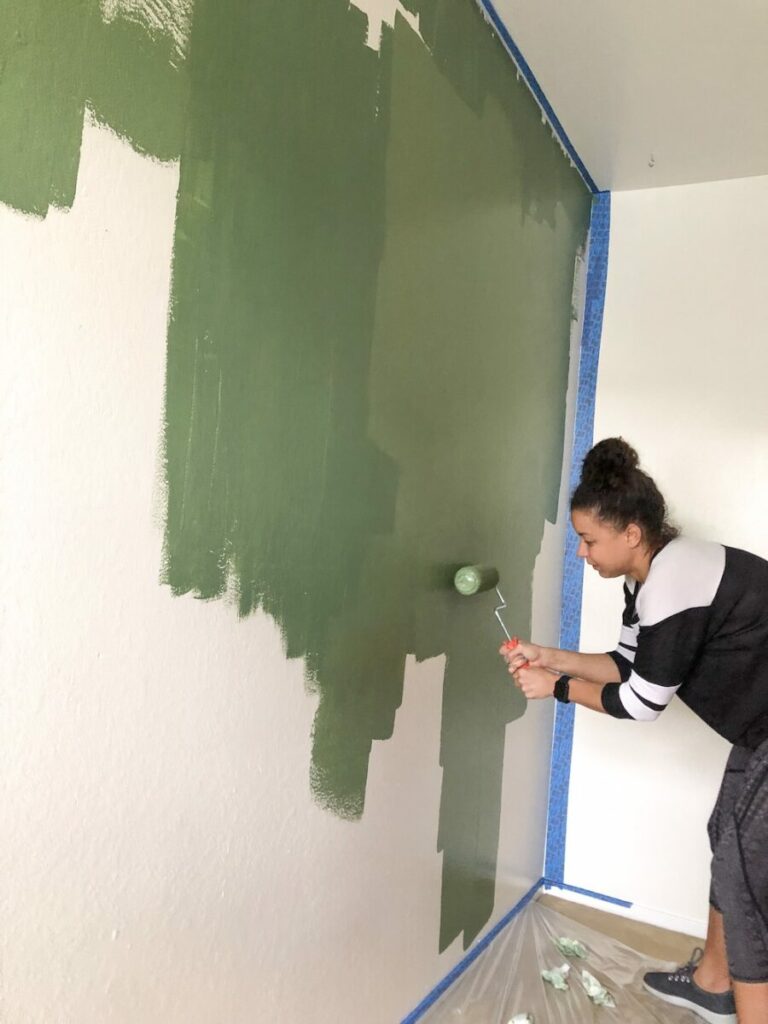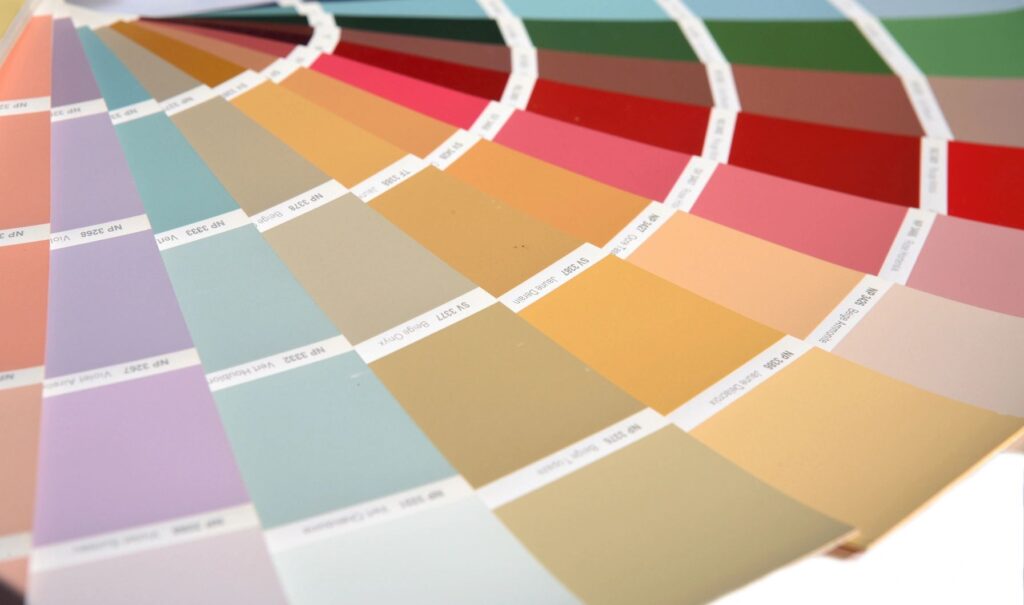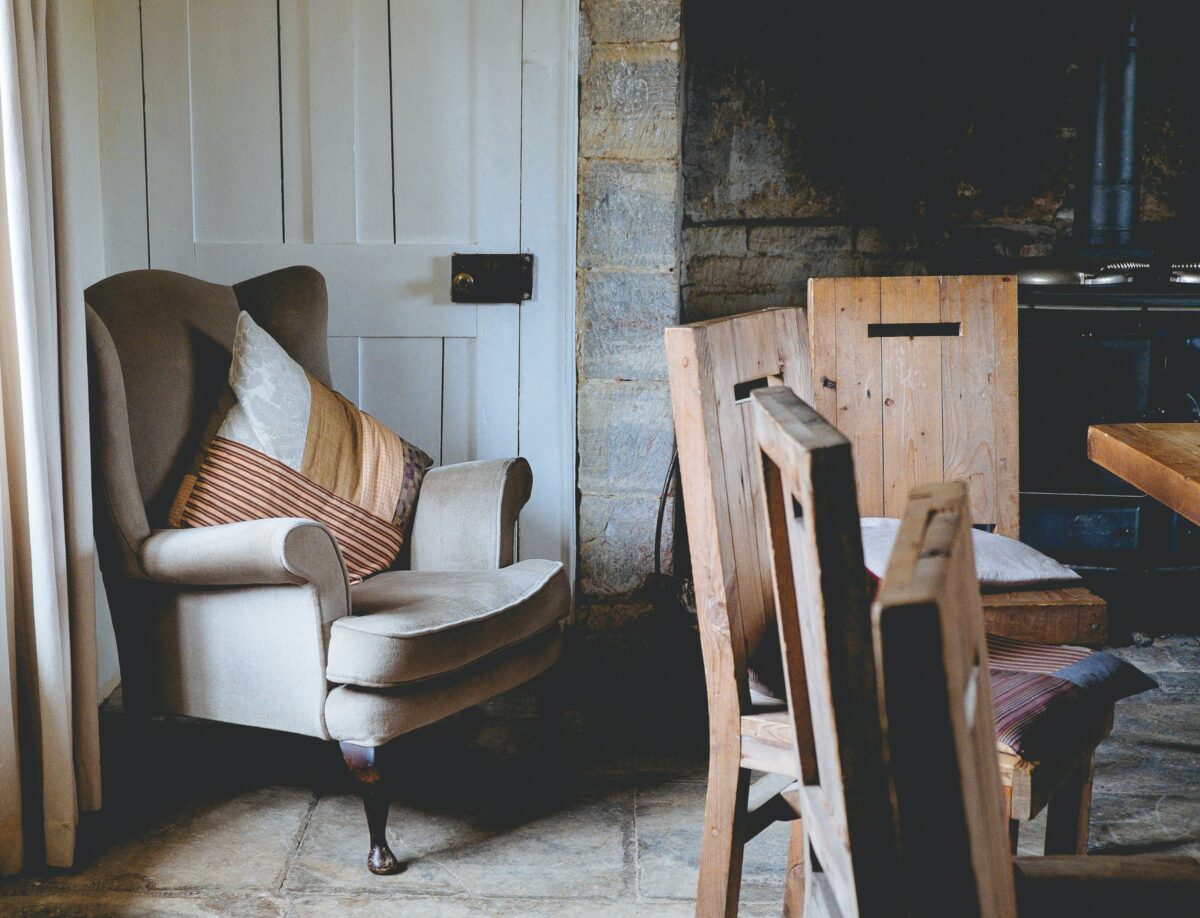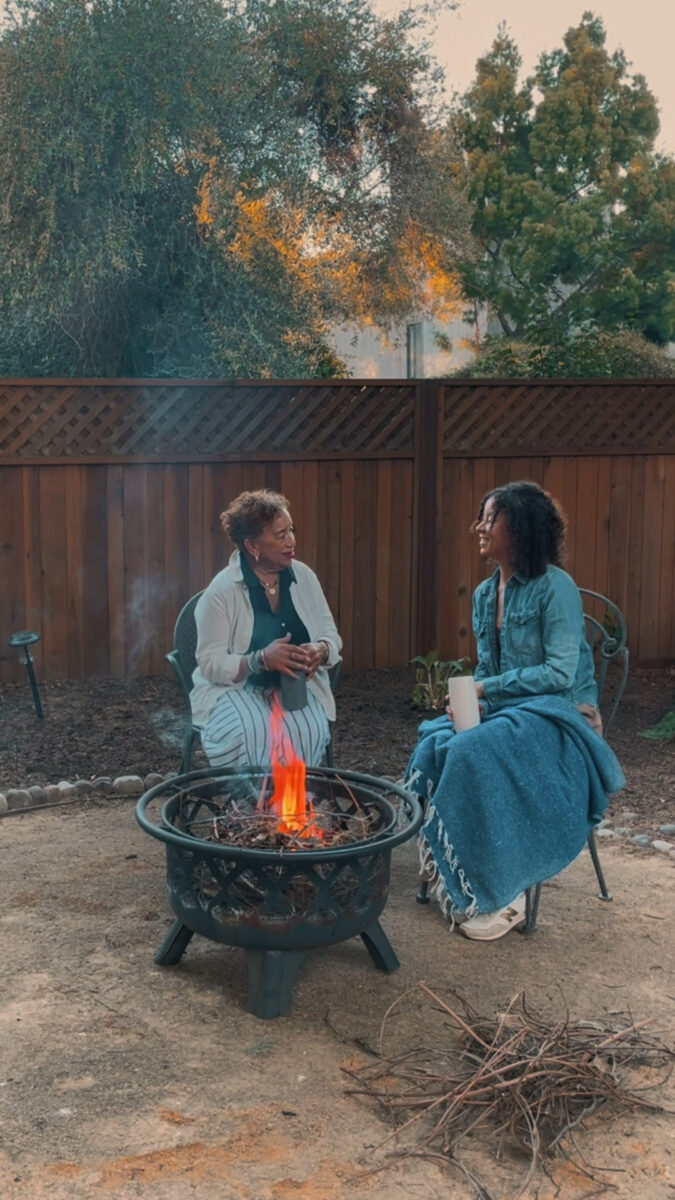A fresh coat of paint can transform the spaces we live in. Yet, often, we stick to the safety of white walls, perhaps out of fear of making a bold decision that we might regret.
However, venturing beyond white can unlock many possibilities, turning your home into a canvas that reflects your personality, moods, and artistic flair.
This guide aims to venture into the colorful possibilities beyond traditional choices, encouraging homeowners to explore creative paint color choices that can revolutionize how spaces feel and interact with those who inhabit them.
The Psychology of Color: Understanding Its Impact on Our Emotions
Before diving into the world of creative paint color choices, it’s essential to understand the psychology of color and its impact on our emotions. Color profoundly affects our physiological and psychological states, influencing our moods, behaviors, and even physical reactions.
For example, warm colors like red, orange, and yellow evoke warmth, energy, and positivity. On the other hand, cool colors like blue, green, and purple can have a calming effect on our minds and bodies.
Different colors also hold cultural significance and can evoke specific emotions based on personal experiences or societal norms.

Choosing the Right Paint Color for Each Room
Now that we have a basic understanding of the psychology of color let’s explore how to choose the right paint color for each room in your home.
It’s essential to consider the purpose and size of each space when selecting a paint color. For example, warm colors like red or orange may not be suitable for a bedroom as they can be too stimulating, making it challenging to relax and sleep.

Similarly, dark colors can make a small room feel even more cramped, while light colors can create an illusion of space.
It’s also helpful to consider the amount of natural light each room receives and how different paint colors will interact with it. For example, a north-facing room may benefit from warm tones to counteract the lack of sunlight, while a south-facing room may benefit from cooler tones to balance the abundance of natural light.
Beyond Basic Paint Color Choices: Exploring Creative Options
Now that we have covered some general guidelines for choosing paint colors, let’s dive into the exciting world of creative options beyond basic choices.
One option is to use an accent wall. This involves painting one wall in a bold and contrasting color to create a focal point in the room. This can add depth and interest to a space without overwhelming it with too much color.
Another option is using patterns or textures through stenciling, sponging, or ragging techniques. These techniques can add dimension and character to a room, giving it a unique and personalized touch.
For those feeling particularly adventurous, consider using a color block or ombré effect. Color blocking involves painting different wall sections in contrasting colors, while ombré creates a gradient effect by blending similar tones. These techniques can create a dramatic and visually stunning statement in any room.
Additional Factors to Consider
- Lighting Conditions: Lighting is critical in how paint colors appear in your home. Different types of lighting (natural, LED, incandescent) can alter a color’s appearance, making it look brighter, darker, or a completely different hue. Before finalizing a color, observe how it looks under various lighting conditions at different times of the day. This will help ensure the color aligns with your vision across all scenarios.
- Finish Types: The paint’s finish can dramatically affect the appearance and durability of the walls. Matte or flat finishes offer a non-reflective, smooth look that hides imperfections but can be difficult to clean. Eggshell and satin finishes have a slight sheen and are easier to clean, making them suitable for high-traffic areas. Semi-gloss and gloss finishes are highly durable and reflective, ideal for trimmings and areas susceptible to moisture.
- Existing Decor: Consider the colors of your furniture, artwork, and textiles. Choosing paint colors that complement these elements can enhance the harmony and flow within your home. If you’re planning a total decor overhaul, select a color palette that reflects the mood and style you want to achieve, ensuring your paint choices serve as a cohesive backdrop for your new furnishings.
- Personal Preference and Trends: While it’s important to consider current color trends for inspiration, your personal preference should take precedence. Choose colors that you’re genuinely drawn to and reflect your personality. Trends come and go, but creating a space that feels like home is timeless. If you’re drawn to a trendy color, think about using it in smaller, easily changeable decor elements rather than large expanses of walls.
- Test Samples: Before committing to paint color, purchase small sample pots to test the colors on your walls. Paint large enough sections to get a real feel for how the color looks in the intended space, accounting for changes in light and the effect of surrounding colors. This step can prevent disappointment and save time and resources by ensuring you’re happy with your choice before fully committing.
Should You Hire Professionals
Professionals can help you choose the right color based on the room, size, lighting, and the atmosphere you want to create. They are also skilled in techniques that add texture, depth, or patterns to your walls.
This can save you time and resources while ensuring a polished and professional result, so talk to professionals in your area to find out more. However, painting is also an excellent DIY project for confident and creative people.
However, with DIY, there are a few things to consider. Painting can be physically demanding, especially if you have a larger space to cover or must work at heights. Improper preparation and use of tools can also lead to an unsatisfactory finish and additional repair costs.
If you are undertaking the project yourself, do your research, gather the necessary supplies, and take your time to ensure a successful outcome.
Conclusion
In summary, choosing the right paint color for each room involves considering various factors, such as purpose, lighting, and personal preferences. Beyond traditional choices, there are also creative options to add depth and character to your walls.
When in doubt or seeking a professional finish, consider hiring professionals. And remember, with proper preparation and patience, painting can be an enjoyable and satisfying DIY project.





